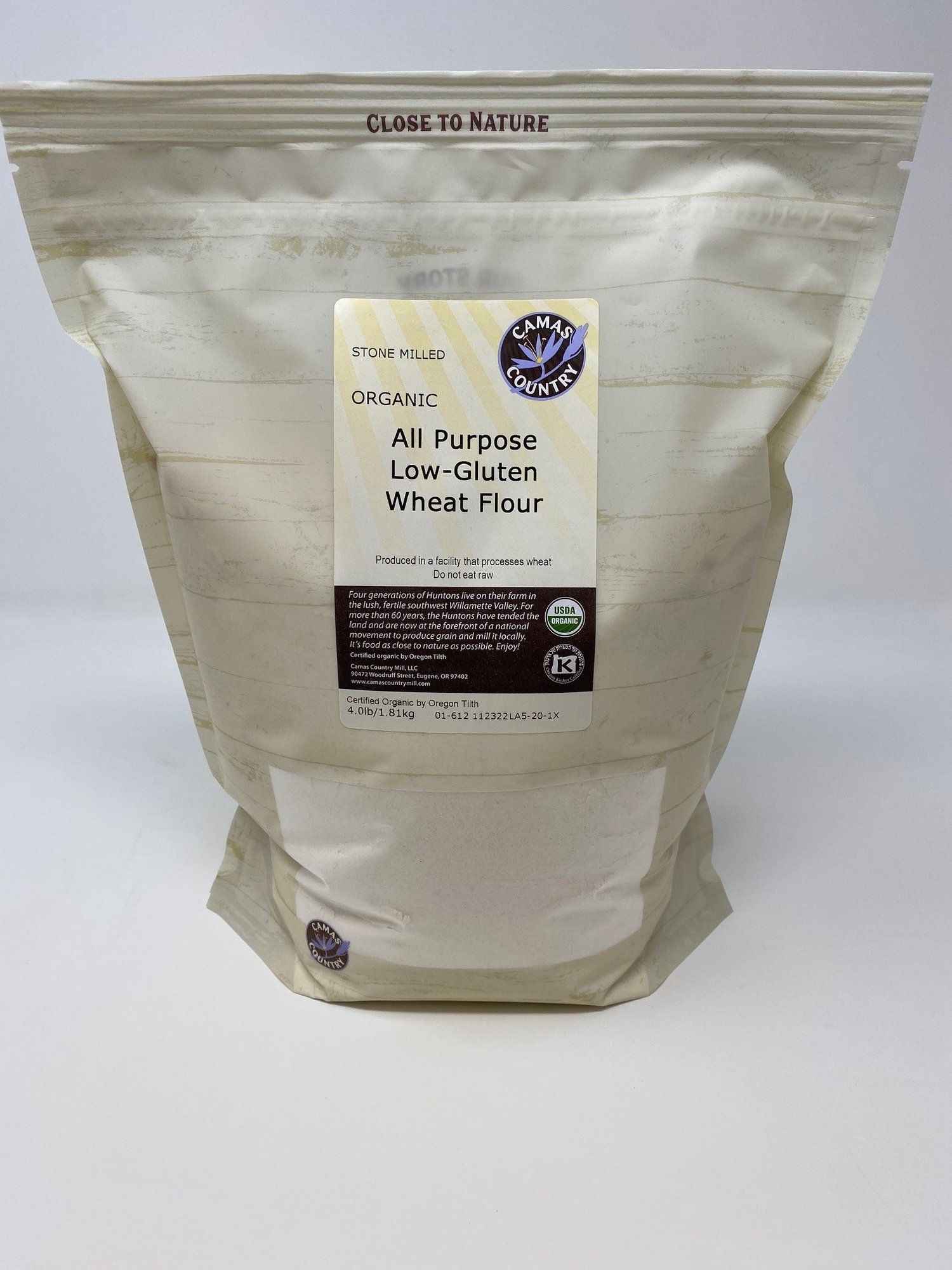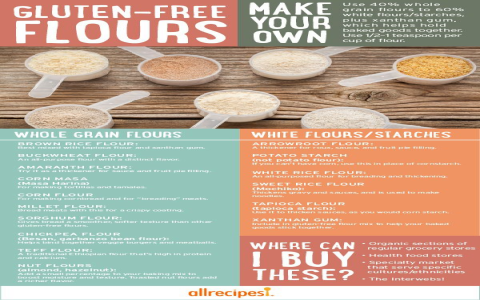Okay, let’s talk about this low gluten flour thing. I kept hearing about it, especially for cakes and stuff that are supposed to be really tender. My cakes sometimes came out a bit… well, chewy? Not exactly what you want. So, I figured I’d give this ‘cake flour’ or low gluten stuff a shot.
Getting Started – What is this stuff anyway?
First, I looked into just buying it. Seemed easy enough. Went to the store, and yeah, they had “cake flour”. Looked at the price. Oof. A bit more than my usual all-purpose bag. And the bag was smaller! Made me think, is it really worth it just for a softer cake? Plus, sometimes you just don’t have it lying around when you suddenly want to bake.

So, I did what I usually do. Started digging around online. Found out you can basically make your own low gluten flour. Sounded kinda weird at first, like kitchen alchemy. But the idea was simple: take regular all-purpose flour and mix in something with no gluten, like cornstarch. This lowers the overall protein percentage, which means less gluten development. Less gluten = more tender baked goods. Seemed logical enough.
Making My Own Mix
Decided to try making it myself. Cheaper, and I always have flour and cornstarch. The ‘recipe’ I found was pretty straightforward:
- Measure out 1 cup of all-purpose flour.
- Take out 2 tablespoons of that flour.
- Add 2 tablespoons of cornstarch back into the cup.
- Sift it. Like, really sift it. Multiple times. They said this was important to mix it evenly.
So, I got out my sifter. Measured the flour, scooped out the two tablespoons, put in the cornstarch. Then I sifted it. Once. Twice. Three times, just to be safe. It looked… well, like flour. Maybe a bit finer? Hard to tell.
The key part seemed to be the sifting. Don’t skip that. You want that cornstarch evenly distributed, not sitting in clumps.
The Baking Test
Alright, homemade low gluten flour ready. Time to bake something. I picked a simple vanilla cupcake recipe I’ve made a bunch of times with regular flour. Figured that was the best way to compare.
Mixing the batter felt… different. Maybe a little lighter? Smoother? Could have been my imagination, honestly. It came together just fine, no weirdness there. Poured it into the cupcake liners. Everything looked normal.
Baked them following the recipe instructions exactly. Kept an eye on them. They rose nicely, maybe slightly less domed than usual, but looked good.

The Result – Was it Worth It?
Pulled them out, let them cool. The moment of truth. Took a bite.
Okay, yeah. It was definitely softer. The crumb was more delicate, less chewy, more melt-in-your-mouth. It wasn’t a night-and-day, earth-shattering difference, but it was noticeable. Especially compared side-by-side with a cupcake made from straight all-purpose flour (yeah, I baked a small control batch, because science!).
So, my take? For things like delicate cakes, sponges, or certain cookies where you really want that super tender texture, using low gluten flour (whether store-bought or homemade) does make a difference. It’s not essential for everything. Breads? Forget it, you want that gluten. Regular cookies, brownies? All-purpose is usually fine.
But for those times you want that extra softness? Yeah, taking a few minutes to whip up your own low gluten mix with cornstarch works pretty darn well. Saves a bit of money and means I don’t need another specialized bag of flour cluttering up my pantry. I just make what I need when I need it. Definitely keeping that trick in my back pocket.













